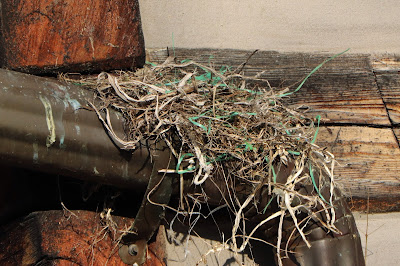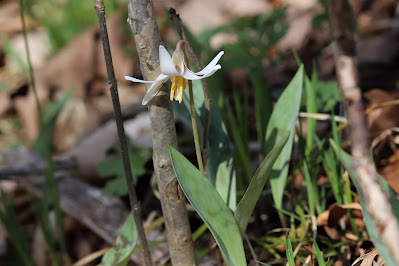A Colourful Start to Spring:
A pair of Wood Ducks swam in the Lake Chipican channel this morning. The male is one of our most colourful ducks. Look for Wood Ducks around the edges of swamps, sluggish streams, overgrown beaver ponds and wood-fringed marshes. They pick their way around vegetation growing out of the water or stand on tree branches or logs along the shoreline. (Cornell Lab, All About Birds)
Warblers are trickling into the area. I had the good fortune to see a Northern Waterthrush this afternoon! They forage near or on the ground or in shallow water where their long legs enable them to wade into pond edges in pursuit of prey. (Cornell Lab, All About Birds.)
A very rare Humming-pecker visited our back yard feeders this evening.
Couldn't resist showing a couple more goslings in the "too cute" category!




















































